-
Create a rectangle and an axis.
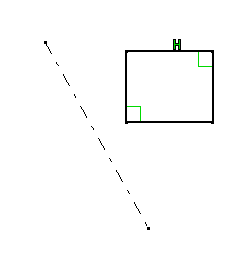
-
Click Symmetry
 from the Transformation sub-toolbar in the Operation
toolbar.
from the Transformation sub-toolbar in the Operation
toolbar.

-
Select the rectangle you have created and click on the axis.
The rectangle has been moved by symmetry according to the axis.
Two sides selection
-
Click Symmetry
 from the Transformation sub-toolbar in the Operation
toolbar.
from the Transformation sub-toolbar in the Operation
toolbar.

-
Select the rectangle and the circle by trapping.
-
Select the axis.
In order to be able to multi-select elements, the axis length must be quite important.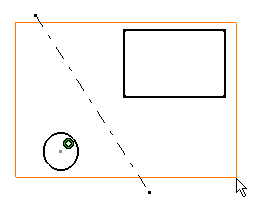
The symmetry is created and the two elements have been taken into account.
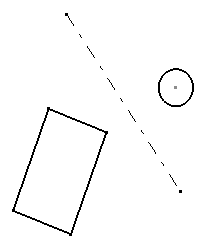
Applying constraints to symmetrical elements
-
Create a rectangle and an axis.
-
Select Constraint
 from the Constraint toolbar.
from the Constraint toolbar.
-
Select one of the rectangle element and the axis.
-
Click to create the constraint.
The constraint and its value are displayed in the geometry area.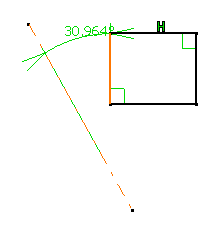
-
Click Symmetry
 from the Transformation sub-toolbar in the Operation
toolbar.
from the Transformation sub-toolbar in the Operation
toolbar.

-
Select the rectangle and then click on the axis.
The rectangle has been moved by symmetry according to the axis.
Note that as the constraint is applied on an axis, the constraint is kept after the symmetry.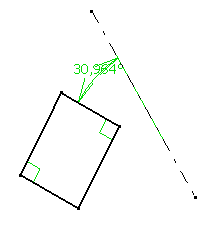
- The constraint is also kept when it is applied to a fixed element.
- In the case of Use Edges, the element becomes isolated.
![]()